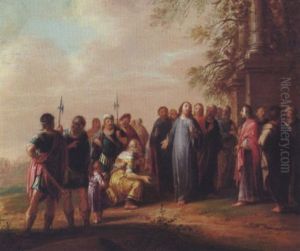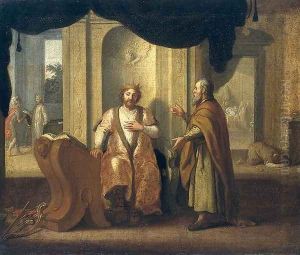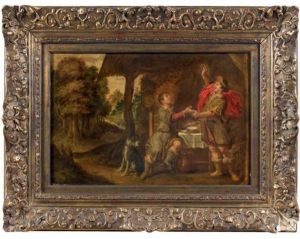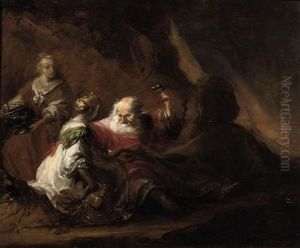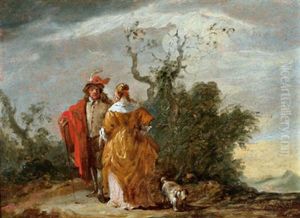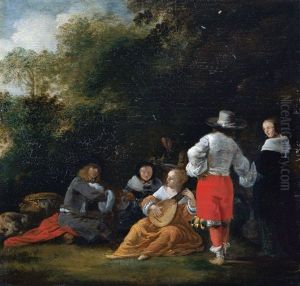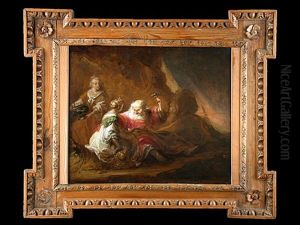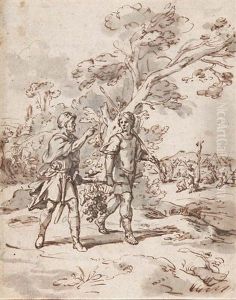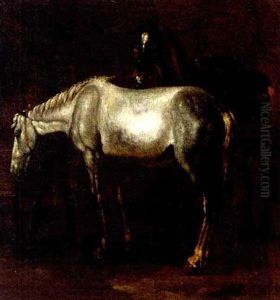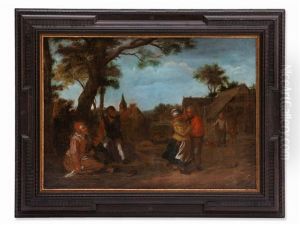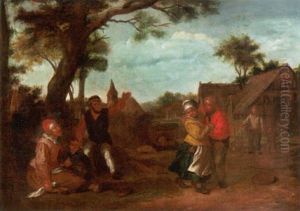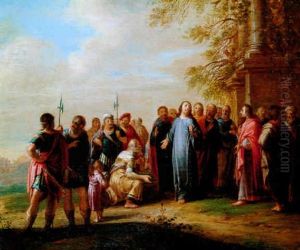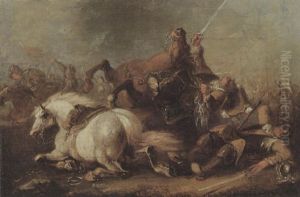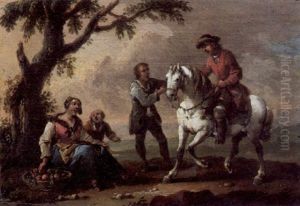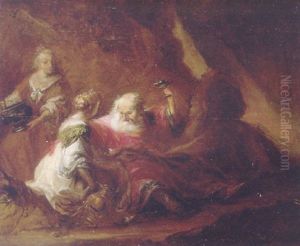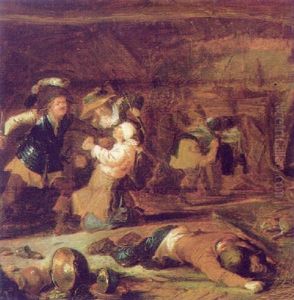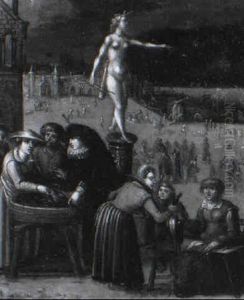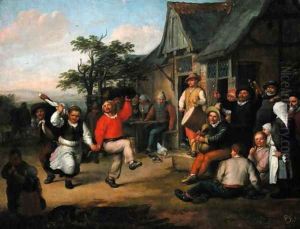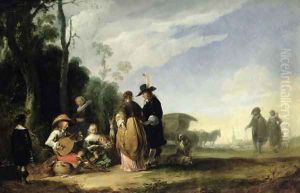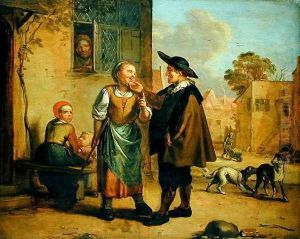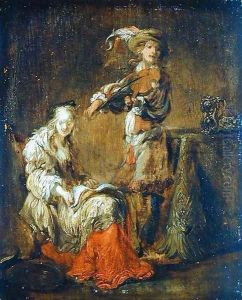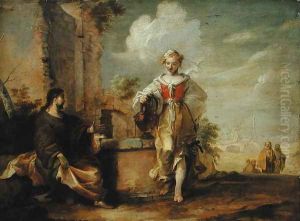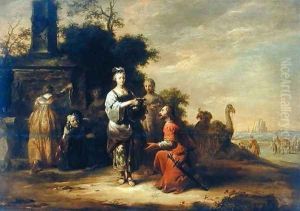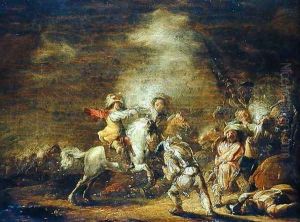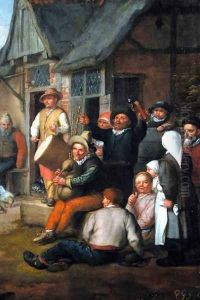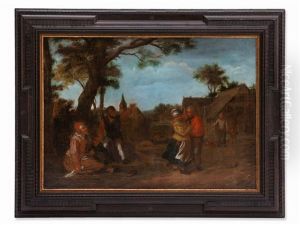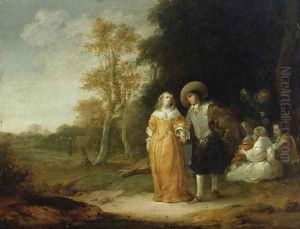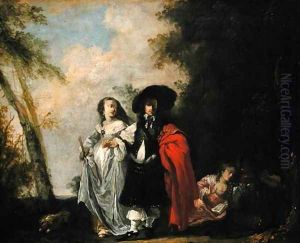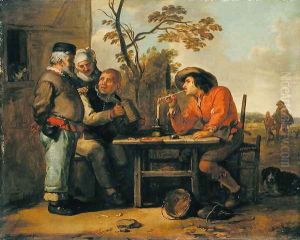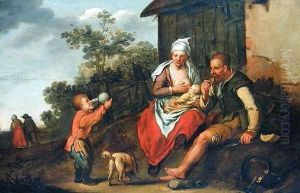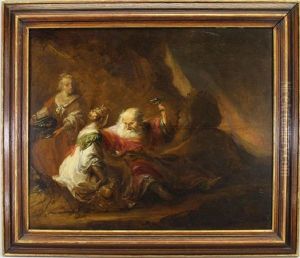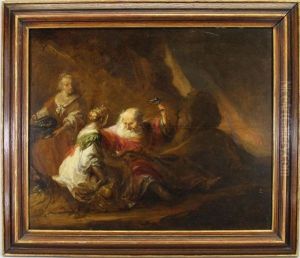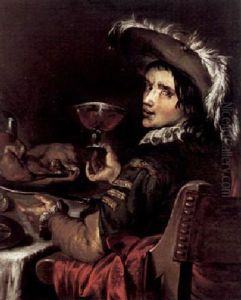Matthias Scheits Paintings
Matthias Scheits was a German painter and engraver whose life and work are not extensively documented, but he is known to have been active during the latter half of the 17th century. Born around 1625/1630, the precise details of his birthplace remain uncertain, although he is often associated with Hamburg, Germany. His works and stylistic elements suggest he was part of the Baroque movement, which was prevalent in Europe during his lifetime.
Scheits is primarily recognized for his detailed genre scenes, biblical narratives, and occasionally, portraits. His paintings are characterized by their vivid storytelling, attention to detail, and the lively depiction of figures. They often reflect the Baroque interest in drama, emotion, and movement, capturing the essence of the period’s artistic endeavors.
Despite the lack of comprehensive records regarding his training and influences, it is speculated that Scheits may have traveled or studied in the Netherlands, a hypothesis supported by the Dutch influences evident in his art. The Netherlands was a significant center for Baroque art, and many artists from the region had a profound impact on their contemporaries and successors throughout Europe.
Scheits's contributions to art were not limited to painting; he was also involved in engraving, a practice that allowed for the wider dissemination of his and others' artworks. Engravings played a crucial role in the period, serving both as artworks in their own right and as means of reproducing and sharing designs and ideas.
The exact date of Matthias Scheits's death is as uncertain as that of his birth, but it is believed he died around 1700. While he may not be as well-known as some of his contemporaries, his works remain valuable for their depiction of 17th-century life and their artistic quality. Today, Scheits's paintings and engravings can be found in various collections and museums, offering insights into the Baroque era's rich artistic landscape.
